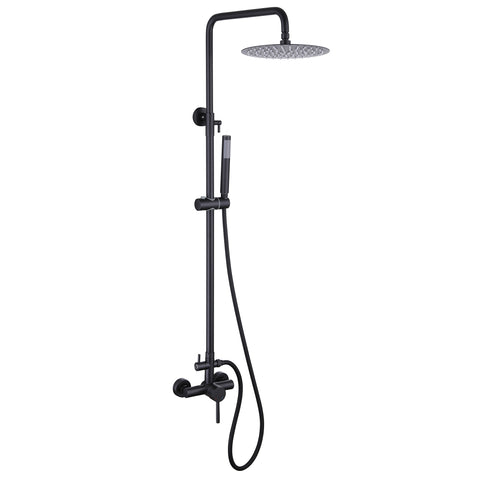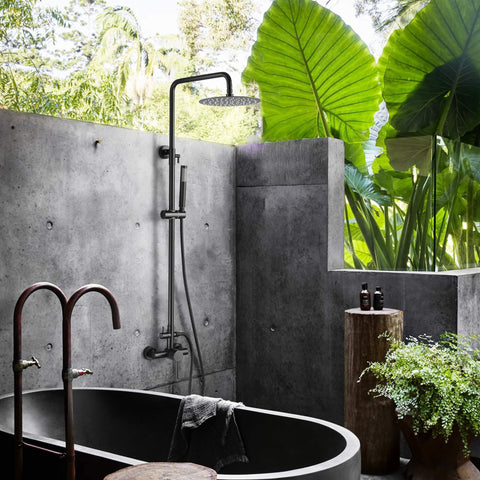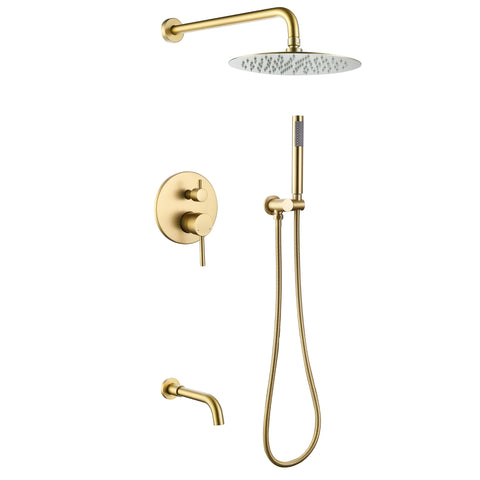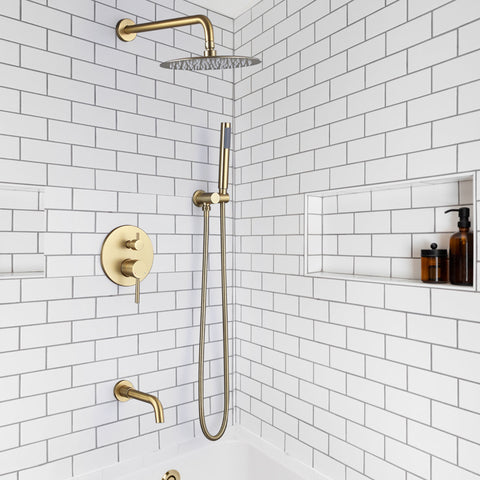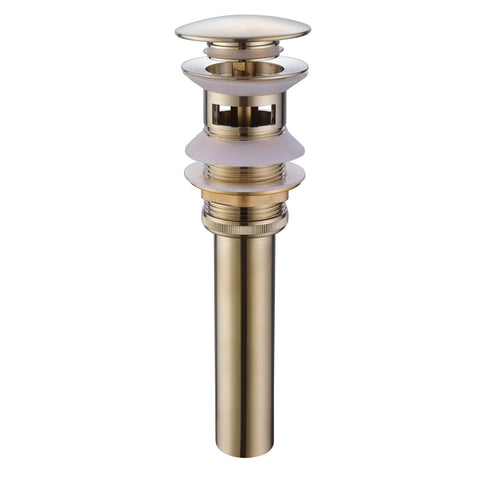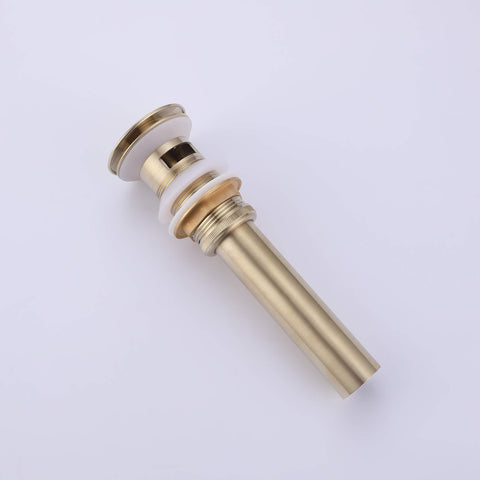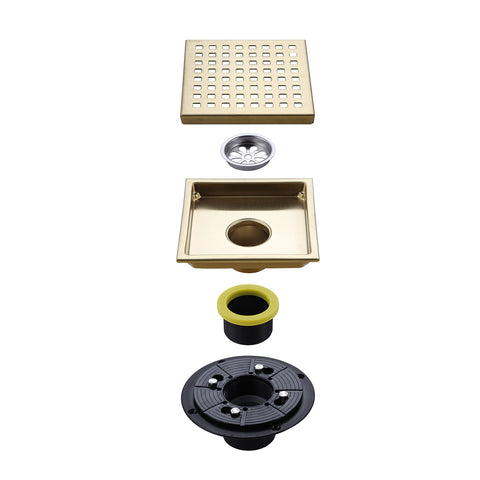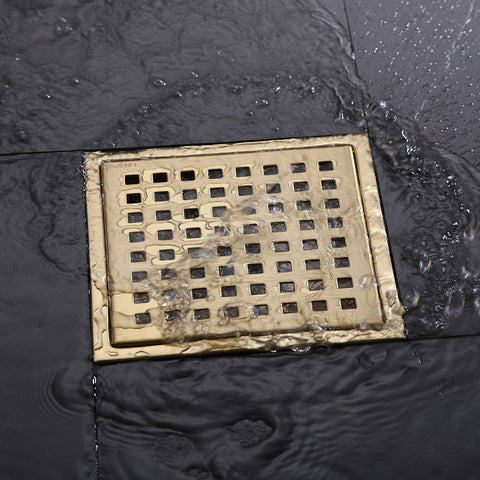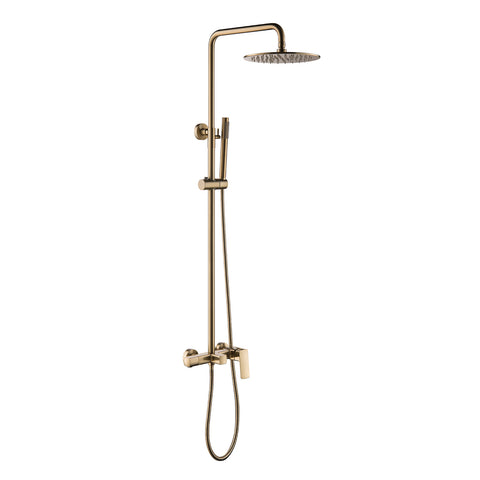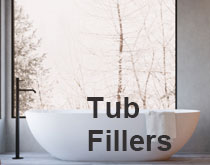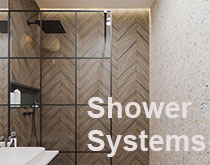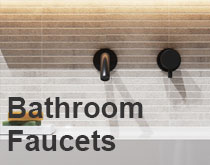The Role of Pressure Balance Valves in Modern Shower Systems
Fluctuations in water pressure are a common challenge in residential and commercial plumbing. These changes can cause sudden shifts in water temperature—potentially leading to scalding accidents, especially for vulnerable users like children and the elderly. A pressure balance valve (PBV) offers a reliable solution, maintaining a consistent and safe outlet temperature by automatically adjusting the mix of hot and cold water.
This article explores the types, functions, and integration of PBVs in shower systems, and outlines their growing relevance in the plumbing industry.
1. Understanding Pressure Balance Valves
1.1 Piston-Type Pressure Balance Valve
This type of valve features a central piston that moves horizontally in response to pressure differences between the hot and cold water inlets. When cold water pressure drops, the piston shifts to restrict hot water flow, reducing the risk of scalding.
Key Features:
– Simple mechanical design
– Effective response within seconds

1.2 Diaphragm-Type Pressure Balance Valve
This version uses a flexible rubber diaphragm that moves a plug based on pressure differences. If cold water pressure suddenly disappears, the diaphragm reacts by quickly cutting off hot water flow.
Key Features:
– Smooth modulation of water flow
– More resilient to long-term wear

2. Functional Benefits
2.1 Anti-Scald Protection
In many buildings with centralized water systems, temporary loss of cold water supply can cause dangerously hot water to exit the faucet. PBVs mitigate this risk by detecting pressure imbalances and rapidly shutting off or reducing hot water flow within 5 seconds, keeping the output within safe levels.
2.2 Stable Water Temperature
Even when the hot and cold water supplies are stable in temperature, fluctuations in pressure—such as when someone flushes a toilet or uses another faucet—can cause shower temperature spikes. PBVs automatically rebalance the flow, keeping outlet temperature changes within ±2°C even when pressure fluctuates by up to 50%.
3. Applications in Shower Faucet Systems
3.1 Installation Types
Exposed-Mount Shower Faucets: Surface-installed fixtures, ideal for renovations and homes where walls aren’t opened for plumbing access.

Concealed-Mount Shower Faucets: Fixtures with internal components installed within the wall, offering a sleek, minimal look. Preferred for new builds or upscale projects.

3.2 PBV Integration Models
Split-Type PBV + Traditional Cartridge
A standalone PBV is installed upstream of the mixing cartridge.
Pros:
– Flexible retrofit installation
– Low cost and short development cycle
Cons:
– Requires more space
– Limited temperature adjustment range

Integrated PBV Cartridge
The pressure balancing mechanism is built into the mixing cartridge itself.
Pros:
– Compact and easy to install
– Better temperature modulation
– Suitable for mass production and standardization
Cons:
– More complex internal design
– Higher manufacturing cost

3.3 Ideal Water Supply Scenarios
Localized Heating Systems: Point-of-use water heaters, such as tankless systems in single bathrooms or kitchens.
Centralized Hot Water Supply: Systems where water is heated in a central boiler and distributed to multiple units—typical in hotels, hospitals, or apartment complexes.
District Heating Systems: Large-scale supply networks distributing hot water across entire communities or industrial zones.
PBVs ensure temperature safety and consistency even when multiple fixtures operate simultaneously, which is critical in these environments.
4. Future Trends and Industry Impact
4.1 Evolving User Expectations
As consumers become more health- and safety-conscious, features like anti-scald protection and thermal comfort are becoming baseline expectations. PBV-integrated shower systems are well-positioned to meet this demand, offering enhanced user experiences without compromising on efficiency or design.
4.2 Growth of Pre-Fabricated Bathrooms
With the expansion of modular construction and pre-designed bathroom units, manufacturers and builders increasingly seek compact, easy-to-install components. Integrated PBVs support this trend by reducing part counts, installation complexity, and system risk—while ensuring compliance with safety codes.
Conclusion
Pressure balance valves are no longer a luxury feature—they are a necessity for modern bathrooms. By maintaining temperature stability and preventing scalding, PBVs significantly improve both the safety and comfort of shower experiences.
For plumbing engineers, product designers, and specifiers, incorporating PBVs into shower systems not only enhances functional performance but also aligns with evolving consumer and regulatory expectations.
